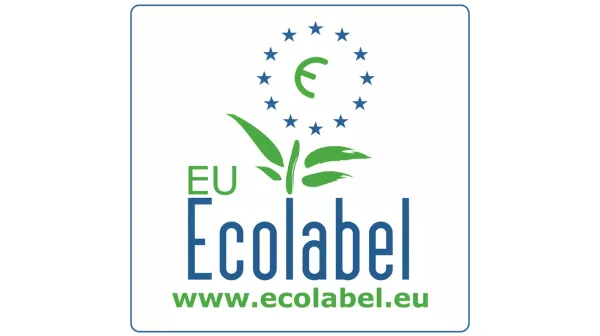Eco certification in Montenegro
Green hotels offer comfort and convenience while making sure that their impact on the environment is minimal. They make every effort to ensure that their guests have memorable destination experiences while leaving only their footprints in eco trails, national parks and the shores of lakes and rivers.

The National Tourism Organisation of Montenegro and the Ministry of Economic Development & Tourism provide funding for the adoption of environmental certificates such as ‘Travellife’ and ‘EU Ecolabel’ in partnership with UNDP in Montenegro, as part of the project entitled ‘Towards Carbon Neutral Tourism in Montenegro’.
A total of 27 internationally-recognised certificates in sustainable tourism management have so far been awarded to accommodation facilities, hotels, and suites in the southern, central and northern regions of Montenegro.
The Sustainability Certificate is a “green stamp” that confirms that the accommodation facility offers a sustainable tourism product and saves energy, water, and raw materials according to well-defined procedures. All environmentally friendly hotels are committed to spreading environmental awareness among their staff and guests. In adopting environmentally friendly practices, green hotels offer comfort and convenience while making sure that their impact on the environment is minimal. They make every effort to ensure that their guests have memorable destination experiences while leaving only their footprints in eco trails, national parks and the shores of lakes and rivers.
As part of this initiative in rural areas, the EU Ecolabel certificates have been awarded to the Nevidio ethno village, Eko Piva Guest House in Plužine and Jela Natural Resort in Rožaje.
More details on eco-certified accommodation in Montenegro are available at: : http://www.lowcarbonmne.me/me/razvoj-regulatornog-okvira/eko-sertifikovani-smjestaj-u-crnoj-gori
What are GSTC criteria?
Launched at the World Conservation Congress in October 2008, the global standards for sustainability in travel and tourism (GSTC criteria) are a set of 37 voluntary standards (including biodiversity conservation and interactions with wildlife criteria) representing the minimum that any tourism business should aspire to reach in order to protect and sustain the world’s natural and cultural resources, while ensuring tourism meets its potential as a tool for poverty alleviation.
GSTC criteria are organised around four pillars:
- effective sustainability planning;
- maximising social and economic benefits to the local community;
- strengthening cultural heritage;
- and reduction of negative impacts to the environmen.
The use and application of GSTC criteria
The GSTC criteria serve as the global standards for sustainability in travel and tourism. Destination managers (local tourism organisations and the National Tourism Organisation) and policy makers (Ministry of Economic Development) should encourage all tourism businesses to commit to the GSTC criteria as a means of ensuring the protection of the environment and cultural heritage and branding a country or region as a sustainable tourism destination. Both public and private sectors may use the GSTC criteria. Government institutions may use the criteria as a basis for developing policies and laws that ensure compliance with sustainability principles on the part of industry participants. Private sector entities may use the GSTC criteria to assess their current business and map out steps to improve their sustainability performance.
Some of the expected uses of the criteria include:
- serve as basic guidance for businesses of all sizes to become more sustainable and choose a sustainable tourism programme that meets these global criteria;
- serve as guidance for travel agencies in choosing suppliers and sustainable tourism programmes;
- help consumers identify sound sustainable tourism destinations and businesses;
- help businesses promote themselves as sustainable tourism providers through the media;
- promote certification and other voluntary programmes to ensure that standards meet a broadly-accepted baseline;
- help investors in identifying valuable sustainable projects
- ensure a section for international donor agencies for monitoring and evaluating their sustainable tourism programmes and their beneficiaries;
- offer governmental, non-governmental, and private sector programs a starting point for developing sustainable tourism requirements
- help create basic guidelines for education and training bodies, such as hotel schools and universities
A good example of a pilot project in Montenegro with regard to the application of the GSTC criteria is the Tivat Tourism Organisation. The goal of the NTO is to raise awareness about the global standards for sustainability in travel and tourism and take concrete steps towards their adoption at the national and regional levels. Other local tourism organisations are expected to follow the example set by the Tivat Tourism Organisation, and in particular to:
- understand the GSTC criteria
- understand the market advantages of adopting the GSTC criteria
- understand the available tools and programmes that facilitate the adoption of the GSTC criteria by small and medium-sized enterprises;
- identify the initial steps towards adopting the GSTC criteria;
- commit to further steps towards the application of GSTC-related programmes.